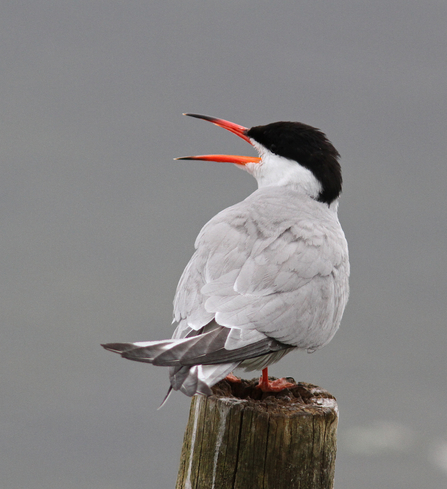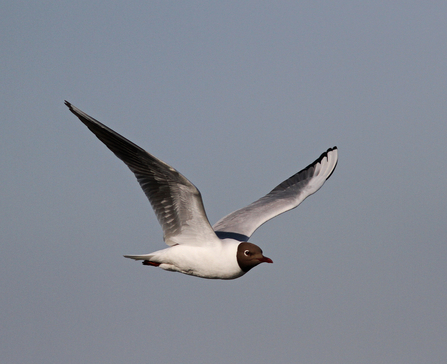Terns are beautiful, graceful birds with their slender profile and swallow-like tails, and they make an epic journey to be back here to Pitsford Water, Northamptonshire for the breeding season.
The chicks from the rafts are ringed by licenced bird ringers and this produces vital information for scientific research into bird conservation. It also produces some interesting insights into their lives. One bird that was ringed as a chick at Pitsford was caught again some time later by a ringer in Namibia - our furthest movement recorded so far. Most British hatched common terns winter off the coast of West Africa so our one in southern Africa was unusual. Scandinavian common terns regularly migrate to the southern African coast, but one Swedish bird was found on the coast of West Australia following storms in the Indian and Southern Ocean! That’s about 10,000 miles!



